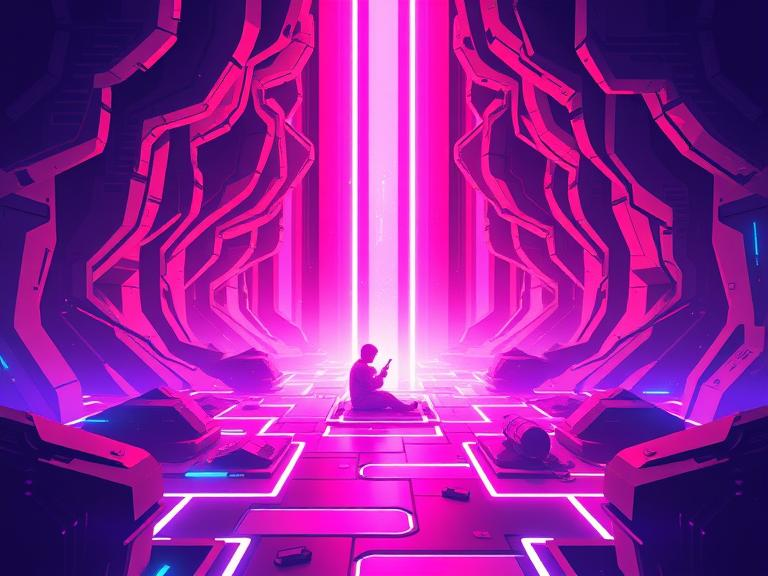Failure is an essential part of game design. Unlike most other media, games rely on player interaction—and failure is one of the most effective tools for teaching, reinforcing, and deepening that interaction.
In Celeste, death is constant—but fast resets and encouraging messaging (“You’ve died 500 times? That means you’ve learned 500 ways not to do it”) turn failure into progress. Players are encouraged to experiment without fear.
Hades integrates failure into the narrative. Every death brings new dialogue, character development, and slight progression. Dying doesn’t reset you—it carries you forward. The player is rewarded emotionally and mechanically for trying again.
In puzzle games like Baba Is You or The Witness, failure is the learning process. Every mistake narrows down the possibilities and clarifies the rules. The player is asked to observe, reflect, and retry until understanding emerges.
But failure only works when:
- Punishment is fair and consistent
- Recovery is fast or meaningful
- Feedback is clear (why did I fail?)
- Players retain a sense of control and possibility
Unfair or repetitive failure leads to frustration. But constructive failure creates resilience and mastery. It builds skill not through instruction, but through play.
Games are unique in their ability to make failure enjoyable. In the right hands, it becomes not a setback—but the path to growth.

Leave a Reply